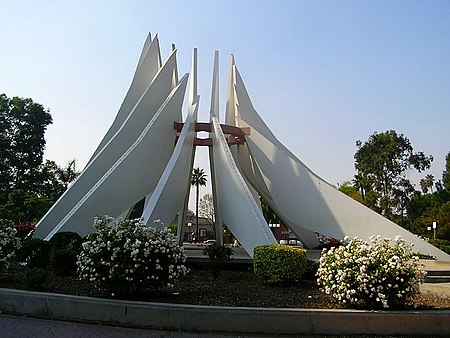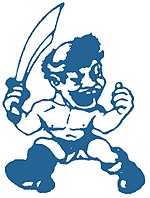Downtown Compton
Central business districts in the United StatesCompton, California

Downtown Compton is the major business district of Compton, California. Downtown Compton started out as a thriving and safe environment throughout the early 1950s to the mid-1970s. When gang violence and robberies sparked in the 70s businesses began to move out and relocate leaving Downtown Compton a ghost town. It is now home to many businesses, two shopping centers, and the Martin Luther King Jr. Transit Center. The Metro A Line light rail now runs through Downtown Compton making travel to the city much easier.
Excerpt from the Wikipedia article Downtown Compton (License: CC BY-SA 3.0, Authors, Images).Downtown Compton
West Compton Boulevard,
Geographical coordinates (GPS) Address Nearby Places Show on map
Geographical coordinates (GPS)
| Latitude | Longitude |
|---|---|
| N 33.8962 ° | E -118.2277 ° |
Address
West Compton Boulevard 357
90220
California, United States
Open on Google Maps





